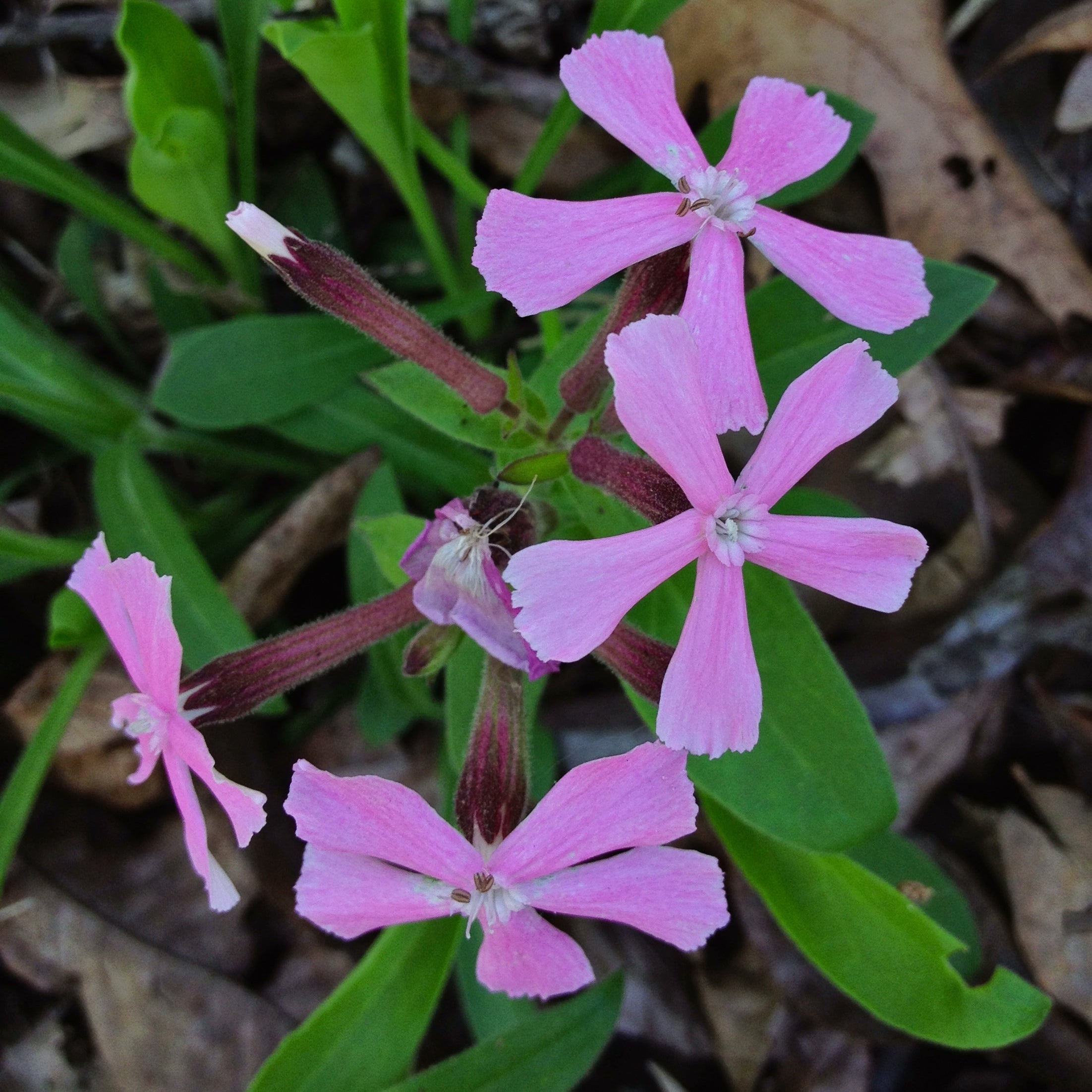Comenzar tu propio huerto de cocina con semillas de vegetales es uno de los pasos más gratificantes que puedes dar hacia una vida sostenible y saludable. Ya sea que tengas un patio trasero espacioso o un balcón soleado, cultivar vegetales desde la semilla te permite cosechar productos frescos directamente en casa, libres de químicos y llenos de sabor.
Esta guía te guiará a través de todo lo que necesitas saber para planificar, sembrar y cultivar con éxito tu propio huerto de cocina.

¿Por qué elegir semillas de vegetales para tu huerto casero?
Usar semillas de vegetales en lugar de plántulas te da más control sobre todo el proceso de cultivo, desde la germinación hasta la cosecha. Por eso muchos jardineros prefieren las semillas:
-
Mayor variedad de selección incluyendo vegetales tradicionales y no transgénicos
-
Más económico que comprar plantas ya establecidas
-
Las semillas pueden almacenarse y reutilizarse por varias temporadas
-
Ideal para métodos de jardinería orgánica y natural
Paso 1: Elija la ubicación correcta
Antes de sembrar sus semillas para huerto casero, evalúe el espacio:
-
Luz solar: La mayoría de los vegetales necesitan al menos 6–8 horas de luz solar directa diaria
-
Circulación de aire: Asegure una buena ventilación para reducir el riesgo de plagas y enfermedades fúngicas
-
Accesibilidad: Mantenga su huerto cerca de la cocina para facilitar la cosecha
Incluso un pequeño balcón o caja de ventana puede convertirse en un huerto de vegetales productivo.
Paso 2: Seleccione las mejores semillas de vegetales

Comienza con vegetales fáciles de cultivar desde semilla, especialmente si eres principiante. Las mejores opciones para un huerto casero incluyen:
-
Tomates
-
Lechuga
-
Espinaca
-
Rábanos
-
Zanahorias
-
Judías verdes
-
Cilantro
-
Albahaca y otras hierbas
En PureAsiaSeeds.com, encontrarás una amplia variedad de semillas de vegetales para huertos caseros adecuadas para todos los climas.
Paso 3: Prepare el suelo o los contenedores
El suelo saludable es clave para un huerto casero exitoso. Ya sea que plantes en tierra o en contenedores:
-
Use suelo bien drenado y rico en materia orgánica
-
Mezcla compost o estiércol envejecido antes de plantar
-
Para contenedores, elige macetas con agujeros de drenaje y usa sustrato orgánico para macetas
Los bancales elevados y las bolsas de cultivo son excelentes opciones si el espacio en el suelo es limitado.
Paso 4: Siembra las semillas
Lee las instrucciones del paquete de semillas para profundidad y espaciamiento. Las pautas generales incluyen:
-
Planta semillas pequeñas (como lechuga) superficialmente, a unos 0.5 cm de profundidad
-
Las semillas grandes (como frijoles o guisantes) se plantan más profundas, alrededor de 2–3 cm
-
Riega suavemente después de sembrar, manteniendo la tierra húmeda pero no encharcada
Etiqueta cada fila o maceta para llevar un registro de lo que has plantado y cuándo.
Paso 5: Cuidado y mantenimiento
Mantén tu huerto casero prosperando con estas prácticas simples:
-
Riega regularmente, especialmente en clima caluroso
-
Coloca mantillo alrededor de las plantas para retener la humedad y prevenir las malas hierbas
-
Usa fertilizante orgánico o té de compost cada 2–3 semanas
-
Aclarear las plántulas si están demasiado juntas, dejando crecer las más fuertes
-
Protege las plantas jóvenes de plagas usando remedios naturales como aceite de neem o spray de ajo
Paso 6: Cosecha y disfruta
Una de las alegrías de un huerto casero es cosechar tu propia comida. Recoge las verduras en su punto óptimo de madurez para obtener el mejor sabor y nutrición. Muchas verduras de hoja pueden ser cosechadas varias veces si las recortas en lugar de arrancar la planta.
Usa productos frescos en ensaladas, currys, sopas o batidos, directamente de tu jardín a tu plato.
Reflexiones finales
Comenzar un huerto casero con semillas de verduras es una experiencia gratificante y divertida. No requiere mucho espacio ni inversión, solo un poco de cuidado, luz solar y paciencia. Serás recompensado con verduras frescas, tomates jugosos y la satisfacción de saber exactamente de dónde viene tu comida.
¿Listo para crecer? Navega por semillas de verduras premium en línea en PureAsiaSeeds.com y comienza hoy tu viaje de jardinería en casa.








